Between Urban Topographies
and Political Spaces
Between Urban Topographies
and Political Spaces
Threshold Experiences
Edited by
Alexis Nuselovici,
Mauro Ponzi,
and Fabio Vighi
LEXINGTON BOOKS
Lanham Boulder New York Toronto Plymouth, UK
Published by Lexington Books
A wholly owned subsidiary of Rowman & Littlefield
4501 Forbes Boulevard, Suite 200, Lanham, Maryland 20706
www.rowman.com
10 Thornbury Road, Plymouth PL6 7PP, United Kingdom
Copyright 2014 by Lexington Books
All rights reserved. No part of this book may be reproduced in any form or by any electronic or mechanical means, including information storage and retrieval systems, without written permission from the publisher, except by a reviewer who may quote passages in a review.
British Library Cataloguing in Publication Information Available
Library of Congress Cataloging-in-Publication Data
Between urban topographies and political spaces : threshold experiences / edited by Fabio Vighi, Alexis Nuselovici, and Mauro Ponzi.
pages cm
Includes bibliographical references and index.
ISBN 978-0-7391-8835-4 (cloth : alk. paper)ISBN 978-0-7391-8836-1 (electronic)
1. SpaceSocial aspects. 2. Identity (Psychology) 3. Human territoriality. I. Vighi, Fabio, 1969-, editor of compilation.
HM654.B47 2014
155.2dc23
2014003596
 TM The paper used in this publication meets the minimum requirements of American National Standard for Information Sciences Permanence of Paper for Printed Library Materials, ANSI/NISO Z39.48-1992.
TM The paper used in this publication meets the minimum requirements of American National Standard for Information Sciences Permanence of Paper for Printed Library Materials, ANSI/NISO Z39.48-1992.
Printed in the United States of America
Introduction
The idea of space promoted by globalization has undoubtedly weakened the traditional understanding of the role of boundaries and their specific topography. What is being questioned today is the dividing line which for centuries (at least the entire epoch of modernity) has been used to sharply separate the inside from the outside, according to a logic of inclusion and exclusion that has affected and conditioned geopolitical strategies as well as the course of the natural and human sciences. With his usual foresight, in 1967 Michel Foucault wrote:
The present epoch will perhaps be above all the epoch of space. We are in the epoch of simultaneity: we are in the epoch of juxtaposition, the epoch of the near and far, of the side-by-side, of the dispersed.
Indeed, our understanding of space has experienced what we might call an epistemological break, which today is reflected in the widespread search for new spatial categories that might be useful to describe phenomena specific to our contemporary world. In this respect, it is not a coincidence that a number of disciplinary fields, leaving behind the rigid entrenchments of the past, are increasingly brought together by a common interest in the notion of threshold, which they see as the most valuable topography for the definition of contemporary issues of spatiality. And yet, few notions are as complex and multilayered as that of threshold. The various etymologies of the term only add to such complexity. In French and Italian, for instance, seuil and soglia reveal their common origin in the Latin term solia, which indicated the sole of sandals (solea), therefore suggesting both an idea of movement and one of standing on firm ground (solum). In German, threshold becomes Schwelle, which refers to the doors architrave but may also be linked to the meaning of the verb Schwellen, that is, to swell or bloat. In English, threshold is composed of the Old English equivalent of thresh (meaning to tread or trample) together with hold as in to linger and hesitate. Such hesitation when facing the passage through an obscure zone or territorywithout clearly defined boundariesis also rendered by the Spanish term for threshold, which is umbral: literally, the windowsill which, overlooking the street, projects its own shadow.
The outcome of this brief etymological survey is clear: while the polysemy of the term threshold prevents us from conferring upon it a univocal meaning, it nevertheless encourages us to delineate a coherent signifying constellation. First and foremost, threshold needs to be sharply distinguished from the notion of border or frontier, in other words from the line that divides two distinct territories in qualitative termsas confirmed by the border-derived topography based on binary couples such as inside/outside and inclusion/exclusion. As Walter Benjamin reminds us, the threshold is a peculiar type of boundary that, because of its swelling, turns into a zone; as such, it still contemplates an inside and an outside, but without a clear-cut separation. Rather, it includes both these conditions within its own space. The division between inside and outside disappears and is replaced by an area (a threshold) characterized by continuous transformations. Within the threshold we witness a constant shifting from one condition to another, neither of which is definable once and for all. The condition of exclusion, for example, cannot be seamlessly opposed to that of inclusion, since it traverses each identity, which thereforeif we take as an example the political-juridical dimensioncannot fit within the traditional paradigm of national citizenship, whose limitations and failures have been disclosed in the last decades as an incapacity to address tensions created by the global economy and international migratory movements. Nevertheless, we do not end up with a generic or magmatic state of indefiniteness which denies and suppresses every difference. Once again, the fate of millions of legal or illegal migrants proves this point. Rather, as it happens to the Benjaminian flneur as he comes across manifold threshold-experiences within urban spaces, difference and alterity are what we stumble over in our everyday experience:
To know them [cities] means to understand those lines that, running alongside railroad crossings and across privately owned lots, within the park and along the riverbank, function as limits; it means to know these confines, together with the enclaves of the various districts. As threshold, the boundary stretches across streets; a new precinct begins like a step into the voidas though one had unexpectedly cleared a low step on a flight of stairs.
Benjamins specific connotation of the threshold discloses both the Latin and the Anglo-Saxon roots of the term: the soil against which the sole of the shoe presseswhich makes one stumble in and out of inclusion, exclusion, identity, and differenceand the zone where transformations challenge the fixity of meanings. The coherence with which Benjamin has managed to render the complexity and polysemy of thresholds explains why he is such a central point of reference in the essays of this volume.
By defining the relationship between internal and external in terms of complementarity rather than opposition (inside vs. outside), the notion of threshold could be decisive for the way we think about the relation between self and other, beyond the traditional dialectics of inclusion and exclusion. The aim of this book, then, is not only to categorize new concepts of space, but also to use them to better understand the places and spaces of our contemporary horizon, where different languages and cultures are increasingly brought into contact with each other, consequently involving different linguistic regimes and translational politics.
The main goal of our approach, which is both spatial and topographical, is to delineate a methodology which might enable us to cut across different disciplinary and cultural fields whose current institutional rigidity does not seem to reflect the transformations that are taking place within the human sciences and their increasingly porous boundaries. Transdisciplinaritywith perspectives ranging here from politics to sociology, from philosophy to theology, from aesthetics to literaturebuilds up an epistemological threshold which prevents knowledge to become power and preserves its full critical strength. If we are to take seriously the spatial turn predicted by Foucault, the spatial paradigm needs to be put to work also in relation to history and its various epochs, as well as to philosophical and artistic currents, with the aim of replacing boundaries with thresholds. This also implies that the seemingly more resilient and traditional oppositionsincluding those between nature and culture, the human and the inhuman, citizen and foreignerwill become less and less significant.
Next page
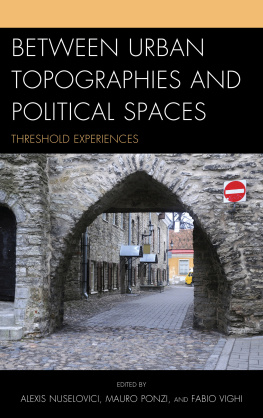

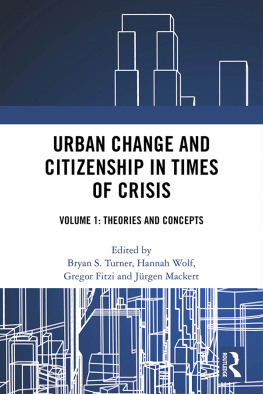
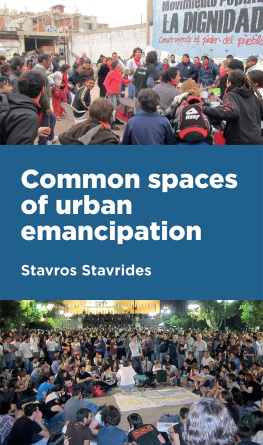
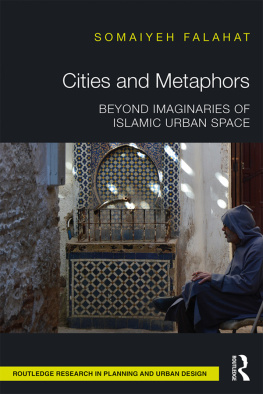
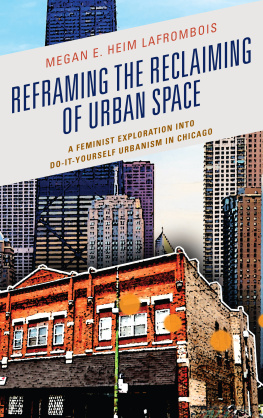
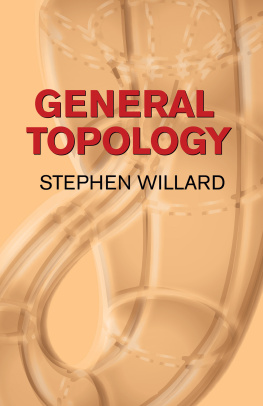

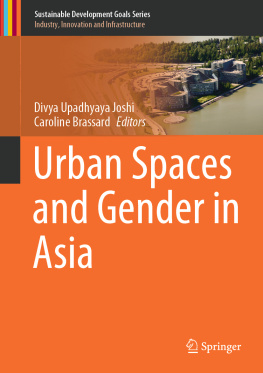
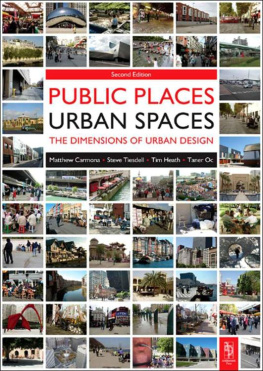
 TM The paper used in this publication meets the minimum requirements of American National Standard for Information Sciences Permanence of Paper for Printed Library Materials, ANSI/NISO Z39.48-1992.
TM The paper used in this publication meets the minimum requirements of American National Standard for Information Sciences Permanence of Paper for Printed Library Materials, ANSI/NISO Z39.48-1992.